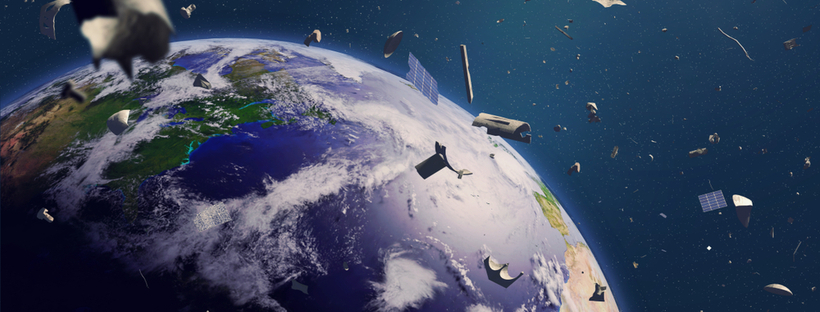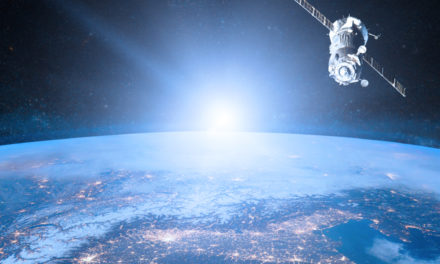
Solving the Space Trash Problem
Every piece of space debris is a potential missile that can knock out satellites critically important to our lives, serving functions such as tracking weather, facilitating communications and defending our nation. According to NASA, there are over 27,000 pieces of space junk tracked by the Space Surveillance Network (with many more that cannot be tracked) traveling at about 15,700 mph in low Earth orbit.
To view the full article please register below:
Solving the Space Trash Problem
Every piece of space debris is a potential missile that can knock out satellites critically important to our lives, serving functions such as tracking weather, facilitating communications and defending our nation. According to NASA, there are over 27,000 pieces of space junk1 tracked by the Space Surveillance Network (with many more that cannot be tracked) traveling at about 15,700 mph in low Earth orbit.
Space debris is created in a number of ways, including from rocket bodies that are abandoned after a launch and break up in orbit, collisions between orbiting bodies, deterioration of satellites over time, and even when a country decides to blow up a satellite in space to test experimental space weapons.
As the number of satellites increase and our dependency on them grows, these risks grow even greater.
Emerging Solutions to the Space Debris Problem
The first solution to the space debris problem is to not create space debris to begin with. There have been attempts to craft generally accepted protocols to avoid creating space debris, but no overarching treaty among nations and private companies presently exists.
The next basic approach to mitigate the risk of space junk is to have the capability to avoid being hit by speeding space debris by tracking such debris and maneuvering the satellite away from danger. In fact, the International Space Station (ISS) has performed 29 debris-avoidance maneuvers since 1999, including three in 2020.1 Not all satellites are equipped with such propulsion systems, though guidelines have been proposed to encourage all space participants to enable future satellites with this capability.
Another approach is to actively remove outdated satellites from orbit. For example, Astroscale Ltd., a British company, launched a demonstration mission in 2021 to remove a defunct satellite from space.
Engineers at Purdue University have developed a “sail” that will speed up the de-orbiting of space junk so it can more quickly reenter Earth’s atmosphere and burn up harmlessly.
Japan’s space agency and several private companies are experimenting with an electrodynamic tether that slows down and redirects space junk, while the European Space Agency has plans to use a massive claw to capture and dispose of space junk.
The newly-formed U.S. Space Force is getting involved to support private and governmental efforts to reduce space junk by financially supporting the deployment of new technologies to assess their effectiveness and cost.
Debris removal, of course, will be costly, which is why a “user tax” that taxes each new satellite launch has been proposed to provide funding for cleaning up space junk.
Without a doubt, this is an issue that must be addressed, particularly as space travel seems to be a renewed interest. Read more from us on the Privatization of Space Exploration, Space Settlement: A New Chapter for Humankind and To the Moon, Alice: The Future of Space Tourism.
Source:
Please reference disclosures: https://blog.americanportfolios.com/disclosures/












